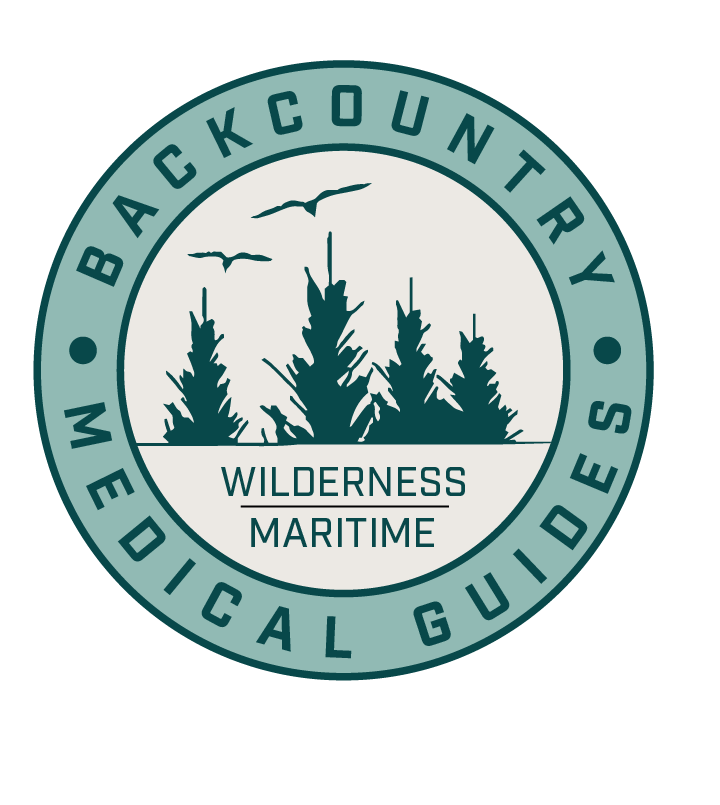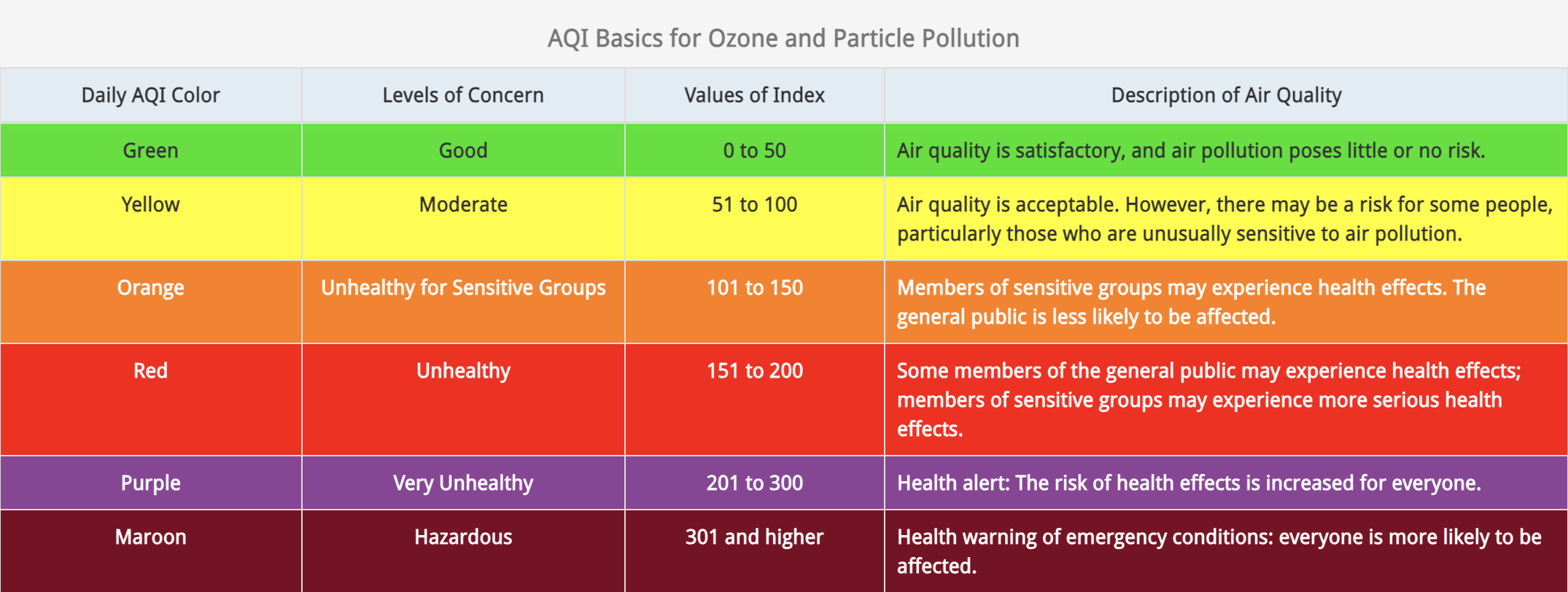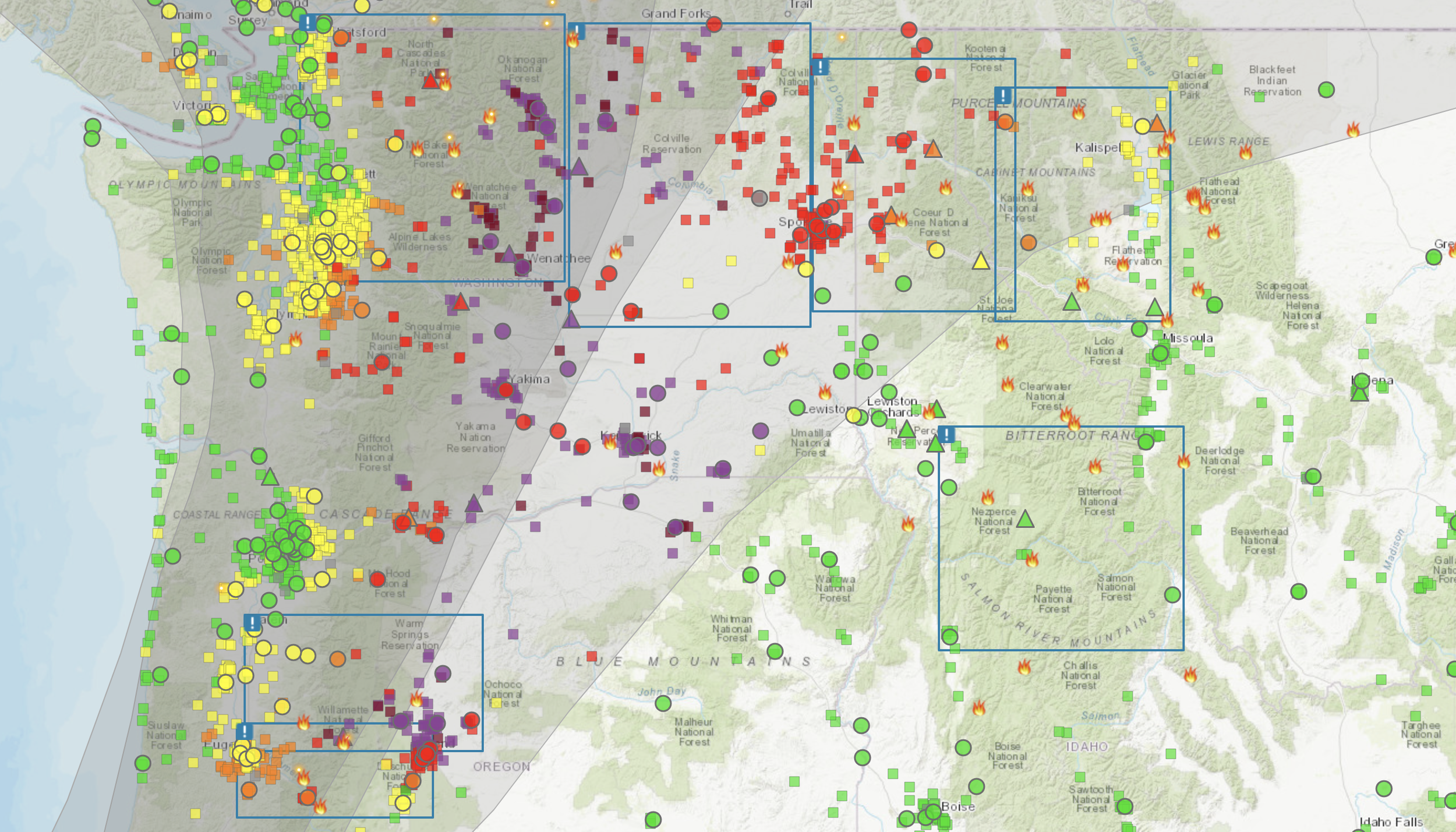Smoked Out: The Health Effects of Poor Air Quality
In recent years, hazy summer skies have become a regular occurrence almost everywhere. Whether we’re seeing photos of New York City inundated by thick, gray, walls of smoke in early June, or avoiding riding our bikes in the Pacific Northwest in late August because the air quality is poor, contending with these conditions has become a seasonal occurrence. While wildfires can be a direct threat to people and communities everywhere, the effects of smoke on air quality pose a more indirect hazard and can have an impact far beyond the physical region of a fire itself.
The Air Quality Index (AQI) was developed by the EPA to establish levels of concern for air quality and alert those who might be affected at certain levels. With wildfire smoke, the major concern is particle pollution. According to the EPA, “Fine particles (2.5 micrometers in diameter and smaller) come from power plants, industrial processes, vehicle tailpipes, woodstoves, and wildfires.” About 36% of fine particles come from the combustion of carbon-based fuels, which includes agricultural fires, prescribed burning, and wildfires. “Coarse particles (between 2.5 and 10 micrometers) come from crushing and grinding operations, road dust, and some agricultural operations” (AirNow).
When particle pollution is bad enough, even just mild activities or short stints spent outside can be harmful. On a scale of 1 to 500, “Unhealthy” for the general public begins at 150, above 201 is considered “Very unhealthy,” and anything beyond 301 is “Hazardous”—“everyone is likely to be affected.” AQI values are established by averaging the hourly concentration of particles in micrograms per cubic meter of air (μg/m3) over a 24-hour period. If air quality is visibly worse than usual, it’s a good time to check the AQI. When the AQI is high, AirNow suggests choosing less intense activities, shortening outdoor activities, or rescheduling activities.
The unpredictability of wildfire smoke can make it extremely tedious to plan around (check out some of our favorite trip-planning resources here). Canceling an upcoming camping trip, or even reassessing the feasibility of an adventure already underway, like a months-long thru hike on the PCT, can be a tough call to make. This is where risk management comes into play. Acute threats like active fires in a region should be continually monitored, while future weather (especially any potential for lightning) and wind forecasts are important to track. These should inform your decision-making process and any contingency or evacuation plans. However, long-term exposure to poor air quality can have some serious effects too.
When particles are present in the air at concentrated levels, they can cause “serious health problems, including coughing, wheezing, reduced lung function, asthma attacks, heart attacks and strokes” (AirNow). Certain populations are at even more risk from poor air quality, including those with heart disease, lung disease (asthma or Chronic Obstructive Pulmonary Disease), older adults, children and teens (because their lungs are still developing), people who are pregnant, minorities, and people who work outside.
Numerous studies have shown the harmful effects of particle pollution. Short-term exposure to high levels of particle pollution has been linked to increased infant mortality; increased hospital visits for cardiovascular disease, COPD, children with asthma; and even premature death in those 65 and older. Long-term exposure can affect cognitive abilities, be carcinogenic, and lead to a higher risk of developing diabetes. A 2008 study of lifeguards concluded that even healthy, active adults can be affected by short-term exposure to particle pollution, with “reduced lung volume when fine particle levels were high.” (American Lung Association)
AirNow’s Fire and Smoke Map from Monday, August 21st, 2023.
Air quality monitoring resources:
Check for local weather alerts: https://alerts.weather.gov/ (Select by State, County, etc.)
Sign up for air quality alerts: https://www.enviroflash.info/
View active fires and smoke coverage: https://fire.airnow.gov/
Wildland fire / air quality tools: https://portal.airfire.org/
Improving indoor air quality: When outdoor air quality is bad, there’s a good change indoor air quality is impacted too. Keeping doors and windows closed is important, but this can be especially tough in the summertime without AC. The EPA has a guide to Air Cleaners and Air Filters in the Home, which can make a huge difference in indoor air quality. You can also make a DIY air filter with a box fan, filters, and a little bit of ingenuity.
Smoke forecasting: Wondering when the smoke is going to get better? Just as weather forecasting is an essential tool for those working to manage and contain fires, it is incredibly helpful for predicting the trajectory of a fire’s smoke and a region’s future air quality. Here in Bellingham, the Sourdough Fire is burning some 63 miles away and countless fires are active to the north in British Columbia, but we hadn’t seen a whole lot of smoke until this weekend because most of the region’s wind was coming from the south west, blowing the smoke toward interior BC. That changed quickly, though.
Smoke forecast modeler: https://tools.airfire.org/websky/v2/#status (Click “MAP” for the visualizer)



